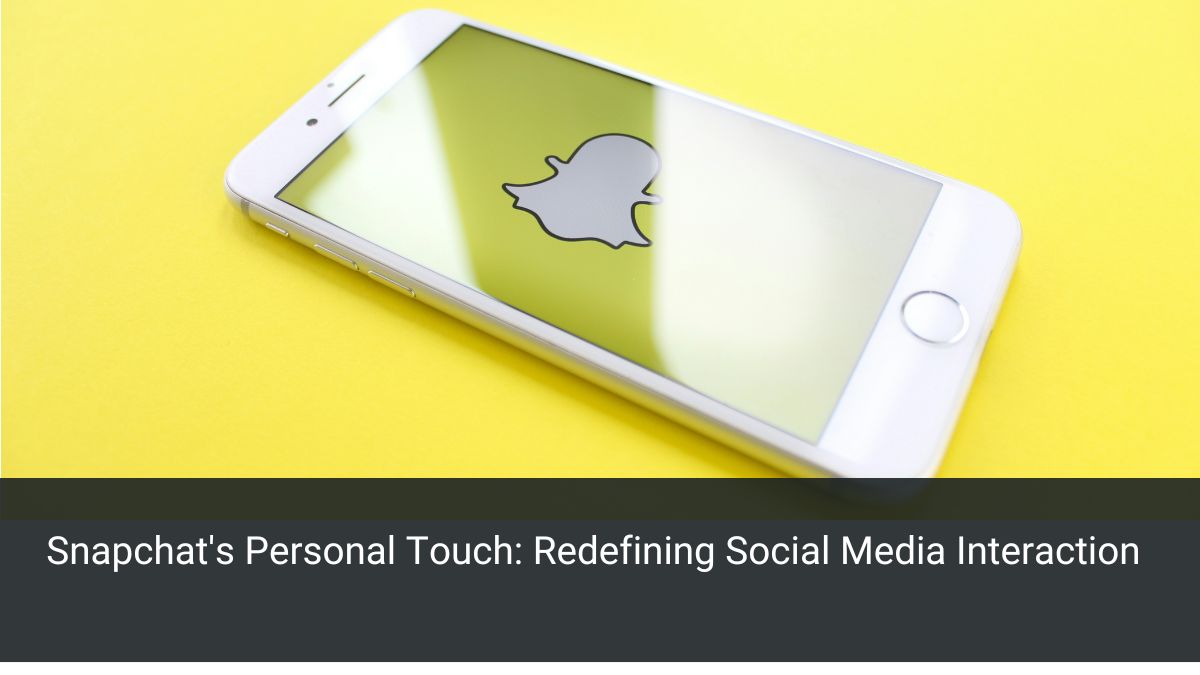Social Media
Snapchat’s Personal Touch: Redefining Social Media Interaction

In the ever-evolving landscape of social media, Snapchat has once again proven its innovative spirit. The platform’s latest features are set to revolutionize how users personalize their accounts, offering a refreshing departure from the cookie-cutter approach of its competitors. As someone who’s been using social media since its inception, I can’t help but feel a mix of excitement and nostalgia as I explore these new additions.
The Personalization Revolution
A House to Call Your Own
Remember when customizing your MySpace page felt like the height of online self-expression? Snapchat is rekindling that spirit with its new Snap Map feature for Snapchat+ subscribers. Users can now design a personalized house visible to friends they share their location with. It’s not just about pinpointing your location anymore; it’s about creating a digital extension of your personality.
I spent an embarrassing amount of time crafting my virtual abode, toggling between realistic designs and whimsical castles. It’s a small touch, but one that adds a layer of individuality to the often impersonal world of digital maps.
Pets: The Ultimate Sidekick
In a world where pet Instagram accounts sometimes outshine their human counterparts, Snapchat’s decision to allow subscribers to feature their pets alongside their Bitmoji feels like a natural progression. As a proud cat owner, I was thrilled to see my feline friend pop up in chats, adding a personal touch to my digital interactions.
This feature isn’t just cute; it’s a clever way to infuse everyday conversations with a bit of personality. It’s these small details that can make digital communication feel more authentic and engaging.
Speed and Simplicity: The Snapchat Way
Lightning-Quick Snaps
Snapchat has always been about quick, ephemeral content. Now, they’re taking this concept to new extremes with ultra-short Snaps lasting just fractions of a second. It’s a bold move that challenges users to convey messages in the blink of an eye.
As someone who often struggles to keep up with the rapid-fire nature of social media, I initially found this feature daunting. However, after some experimentation, I’ve come to appreciate the creativity it inspires. It’s like a digital haiku, forcing you to distill your message to its essence.
Bitmoji Builder: Mirror, Mirror on the Wall
For those of us who’ve spent hours tweaking our Bitmoji to achieve that perfect likeness, Snapchat’s new “live mirror” in the Bitmoji Builder is a game-changer. By automatically creating a Bitmoji based on what it sees in the camera’s viewfinder, this feature streamlines the personalization process.
I’ll admit, my first attempt yielded a Bitmoji that looked more like my long-lost cousin than me. But with a few adjustments, I was able to create a digital avatar that captured my essence surprisingly well.
The AI Touch: Enhancing Reality
Snapchat’s venture into AI-powered Lenses, like the one that lets you glimpse your five-year-old self, adds a touch of magic to the platform. It’s a reminder of how far technology has come and how it can be used to create moments of joy and reflection.
Using this feature brought back a flood of childhood memories. It’s more than just a fun gimmick; it’s a tool for nostalgia and self-reflection, packaged in an easily shareable format.
The Bigger Picture: Snapchat’s Strategy Unveiled
Standing Out in a Crowded Market
In an era where social media platforms seem to be in a constant state of feature-copying, Snapchat’s focus on personalization is a breath of fresh air. With 9 million subscribers to its Snapchat+ service, the company is clearly onto something.
These new features aren’t just about adding bells and whistles; they’re about creating a more intimate, personalized social media experience. In a world where online interactions can often feel impersonal, Snapchat is betting on the power of individuality.
The Subscription Model: A New Paradigm
By gating some of these features behind its Snapchat+ subscription, the company is testing the waters of a new business model. It’s a delicate balance – offering enough value to entice subscribers without alienating free users.
As someone who’s been hesitant to pay for social media services, I find myself reconsidering. The level of personalization offered might just be worth the price of admission.
Looking Ahead: The Future of Social Media Interaction
Snapchat’s latest updates are more than just new features; they’re a glimpse into the future of social media interaction. As platforms continue to evolve, we can expect to see more emphasis on personalization and unique user experiences.
These changes raise intriguing questions about the nature of online identity and self-expression. How will these increasingly personalized digital spaces shape our online interactions? Will other platforms follow suit, or will we see a divergence in approaches to user engagement?
A Call to Digital Self-Expression
As we navigate this new landscape of personalized social media, I encourage you to embrace these tools for self-expression. Experiment with your virtual house on Snap Map, create lightning-quick Snaps, or spend some time perfecting your Bitmoji.
These features are more than just fun additions; they’re opportunities to inject a bit more of ourselves into our digital lives. In a world where online interactions can often feel shallow or impersonal, perhaps these small touches of individuality can help foster more meaningful connections.
So, go ahead and let your personality shine through your Snapchat account. Who knows? Your virtual house or perfectly crafted Bitmoji might just be the conversation starter that leads to a real-world connection.
What do you think about these new features? How do you plan to use them to express your individuality online? Share your thoughts and experiences – after all, in the world of social media, it’s our collective voices that shape the platforms we use.
